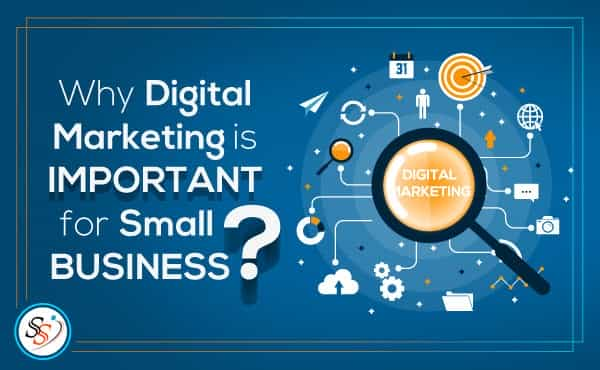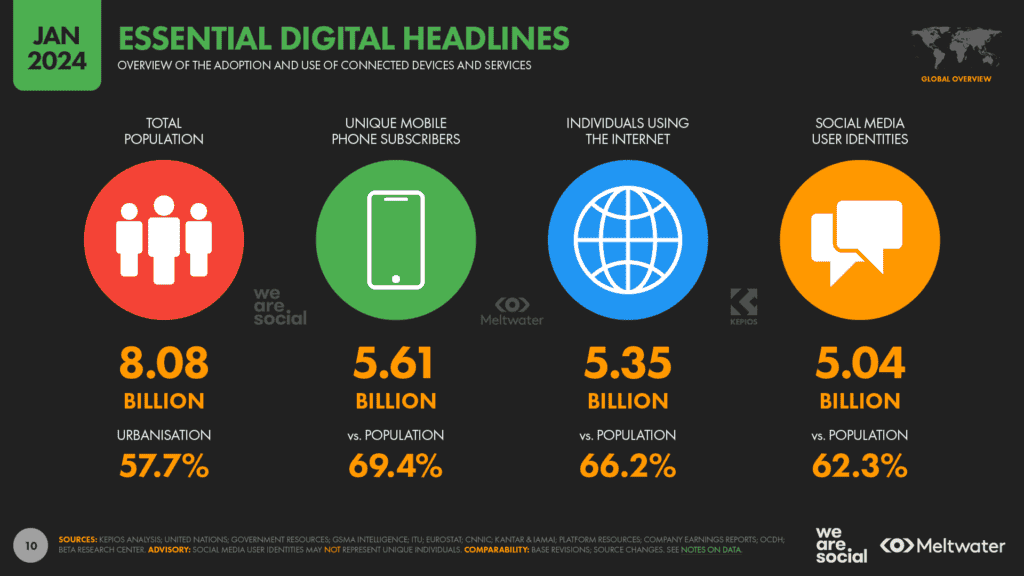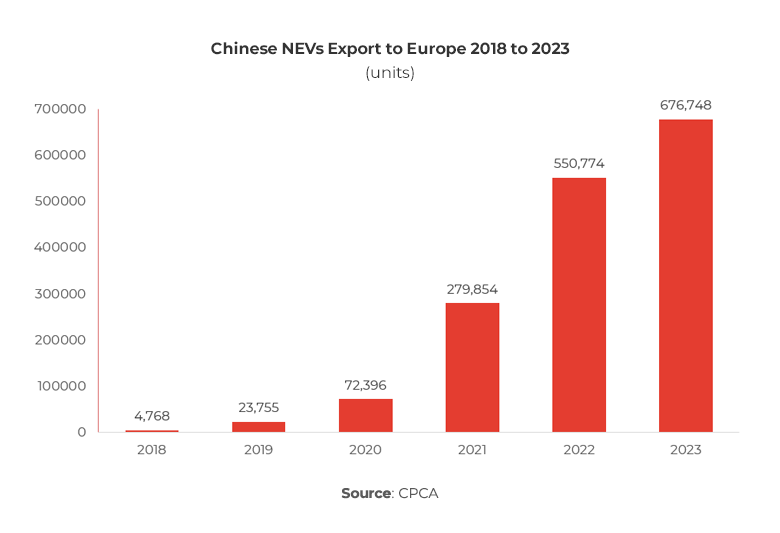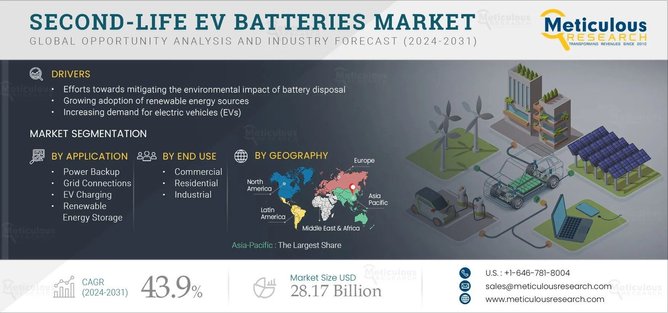Addressing Barriers to EV Adoption in Low-Income Areas
Mia Anderson

Photo: Addressing Barriers to EV Adoption in Low-Income Areas
The adoption of electric vehicles (EVs) is critical to reducing greenhouse gas emissions and transitioning to a more sustainable transportation system. However, significant barriers prevent widespread EV adoption in low-income areas, where residents often lack the resources and infrastructure necessary to embrace this technology. Addressing these challenges is essential to ensure that the benefits of EVs, such as reduced pollution and lower operating costs, are accessible to everyone, regardless of income level.
The Importance of EV Adoption in Low-Income Communities
Low-income communities often bear the brunt of environmental pollution due to their proximity to highways, industrial zones, and other sources of air contamination. Transitioning to EVs can help mitigate these effects by reducing vehicle emissions, thereby improving air quality and public health. Furthermore, EVs offer long-term cost savings through lower fuel and maintenance expenses, which can significantly benefit economically disadvantaged families.
Despite these advantages, the adoption rate of EVs in low-income areas remains disproportionately low compared to wealthier regions. Understanding and addressing the underlying barriers is crucial to achieving equitable access to clean transportation.
Key Barriers to EV Adoption in Low-Income Areas
1. High Upfront Costs of EVs
One of the most significant barriers to EV adoption in low-income areas is the high initial cost of purchasing an electric vehicle. While EV prices have gradually decreased over the years, they remain out of reach for many low-income households. The average cost of an EV in 2023 was approximately $58,000, compared to $48,000 for a traditional gas-powered vehicle. This price gap, coupled with limited access to financing options, deters many potential buyers.
2. Lack of Charging Infrastructure
Access to reliable charging infrastructure is another major challenge. Low-income neighborhoods often lack public charging stations, and residents living in multi-family housing face additional difficulties installing home chargers. This creates a "chicken-and-egg" scenario where insufficient infrastructure discourages EV purchases, and the lack of EVs disincentivizes infrastructure investment.
3. Limited Awareness and Education
Many low-income individuals are unaware of the financial and environmental benefits of EVs. Misinformation about EV range, maintenance costs, and battery longevity also contributes to hesitancy. Without targeted education campaigns, these misconceptions can persist, hindering adoption.
4. Inadequate Government Incentives
Although federal and state governments offer tax credits and rebates for EV purchases, these incentives often fail to benefit low-income families. Tax credits, for example, are less effective for individuals who have little or no tax liability, leaving them unable to take full advantage of these programs.
5. Concerns About Reliability and Range
Range anxiety the fear of running out of battery power before reaching a charging station remains a significant concern, particularly in areas with limited charging options. Additionally, misconceptions about EV reliability and maintenance costs contribute to skepticism, despite evidence showing that EVs are generally more reliable and cost-effective over time.
Strategies to Overcome Barriers
Addressing these challenges requires a multi-faceted approach involving government policies, private sector innovation, and community engagement. Below are some strategies to promote EV adoption in low-income areas:
1. Making EVs More Affordable
Governments and manufacturers can collaborate to offer affordable EV models tailored to low-income buyers. Expanding subsidies and rebates for used EVs, which are often more affordable than new models, can also help bridge the affordability gap. Additionally, offering low-interest financing options specifically for EV purchases can make them more accessible.
2. Expanding Charging Infrastructure
Investments in charging infrastructure are critical for building confidence in EV adoption. Public-private partnerships can fund the installation of charging stations in underserved areas. Policies requiring landlords to provide charging facilities in multi-family housing can also address this issue. Furthermore, mobile charging solutions or community charging hubs can serve as interim solutions until permanent infrastructure is established.
3. Educational Campaigns
Educational programs targeting low-income communities can dispel myths about EVs and highlight their long-term cost savings. Workshops, community events, and partnerships with local organizations can raise awareness about available incentives and resources.
4. Revamping Incentive Programs
Redesigning incentive programs to better serve low-income households is essential. For instance, offering upfront discounts at the point of sale, rather than post-purchase tax credits, can make incentives more immediately impactful. Expanding access to non-tax-based subsidies, such as cash grants or utility bill credits, can also provide greater financial relief.
5. Addressing Range Anxiety
To alleviate range anxiety, governments and businesses can focus on creating a dense network of fast-charging stations, especially along major commuting routes. Additionally, advancements in battery technology that improve range and reduce charging times will further enhance EV appeal.
Success Stories and Promising Initiatives
Several programs across the United States and globally have made strides in overcoming barriers to EV adoption in low-income areas. For example, California’s Clean Cars for All program offers grants to low-income residents for purchasing EVs, along with additional funds for installing home chargers. Similarly, nonprofit organizations like GRID Alternatives have partnered with local communities to provide affordable EV access and solar-powered charging solutions.
Internationally, countries like Norway have implemented robust policies that make EVs accessible to a broader demographic, including subsidized charging and exemptions from tolls and parking fees. These initiatives demonstrate that targeted efforts can lead to significant progress in equitable EV adoption.
The Path Forward
The transition to electric vehicles presents a unique opportunity to address both environmental and social equity challenges. By tackling the barriers to EV adoption in low-income areas, policymakers, businesses, and community leaders can ensure that the benefits of clean transportation are distributed equitably.
A comprehensive approach that combines affordability, infrastructure development, education, and tailored incentives will be key to breaking down the barriers and fostering widespread adoption. As the EV market continues to evolve, prioritizing equity will not only accelerate the shift toward sustainability but also uplift communities that have been historically marginalized.
Call to Action
To support these efforts, individuals, organizations, and policymakers can advocate for inclusive EV policies, invest in community-focused initiatives, and spread awareness about the benefits of EVs. Together, these actions can pave the way for a cleaner, greener, and more equitable transportation future.
Marketing
View All
January 22, 2025
The Future of Digital Marketing RevealedExplore where digital marketing is headed in the next decade. From AI to VR, see what’s shaping the future of online marketing. Don’t get left behind!
Mia Anderson

January 21, 2025
Why Digital Marketing is Vital for SMBsDiscover why small businesses must adopt digital marketing in 2024. Learn tips and tactics to compete in the digital age. Take your business online today!
Mia Anderson

January 23, 2025
Social Media in Digital Marketing 2024Learn how social media is revolutionizing digital marketing in 2024. Boost your brand with actionable tips for viral campaigns!
Mia Anderson
Entertainment
View AllExplore the latest trends in fan fiction for 2024. Learn what fan fiction is, its impact on media, and why it’s a thriving creative outlet. Read now!
Mia Anderson
Discover the best streaming services of 2024 with our in-depth reviews. Find out which platforms offer the best value and why you should choose them. Read now!
Mia Anderson
Discover the top podcasting trends of 2024 and stay ahead in the industry. Learn how to leverage new insights click now to future-proof your podcast!
Mia Anderson
Unlock the secrets to an unforgettable movie trivia night with our ultimate guide. Get tips, trivia questions, and game ideas to boost your event's fun!
Mia Anderson
Automotive
View AllUnlock the secrets to getting top dollar for your car! Prep, price, and promote effectively.
Read MoreLearn how second-life EV batteries are helping reduce environmental impact by providing sustainable energy solutions.
Read MoreCompare trends in luxury and budget EV offerings. Find out which one suits your needs and budget in 2024.
Read MorePolular🔥
View All
1
2
3
4
5
6
7
9
10
Technology
View All
September 15, 2024
Discover the Best Project Management Software of 2024
Discover the best project management software of 2024! Uncover top picks, latest trends, and expert reviews. Click now to streamline your projects!

December 10, 2024
Best Tech Gadgets for Remote Workers in 2024 – Don’t Miss These!
Boost your productivity with the top tech gadgets for remote work! Click to discover must-have tools to enhance your work-from-home setup.

August 29, 2024
Top SaaS Trends Shaping Business Success in 2024
Discover the latest SaaS trends revolutionizing businesses in 2024. Learn how these innovations can boost efficiency and drive growth. Read now!
Tips & Trick






















